Notes
But Why Doesn't the Photographer Try to Help the Man on Fire?
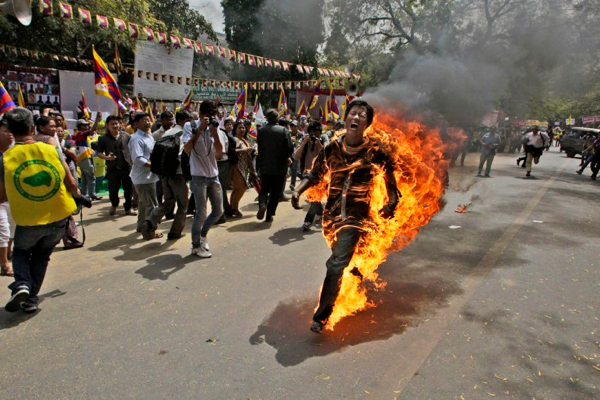
The other day, Lightbox did a 105 photo slideshow titled: “A Year of Photographers in the Picture.” Uncategorized, it’s filled with all kinds of pictures of people taking photos: citizen paparazzi snapping away at campaign events; civilians photographing disasters or police actions with their devices of choice; professional photographers at work in all kinds of settings, from war to satellite launches to celebrity affairs on the red carpet.
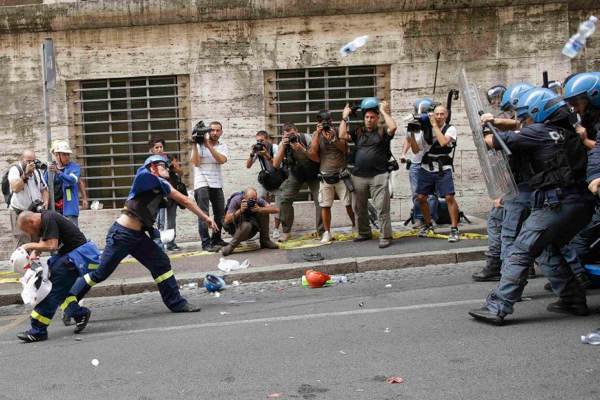
Because of the variety, however, what is unusually striking are those photos interspersed in the larger grouping of photographers doing their job amidst horror or chaos.
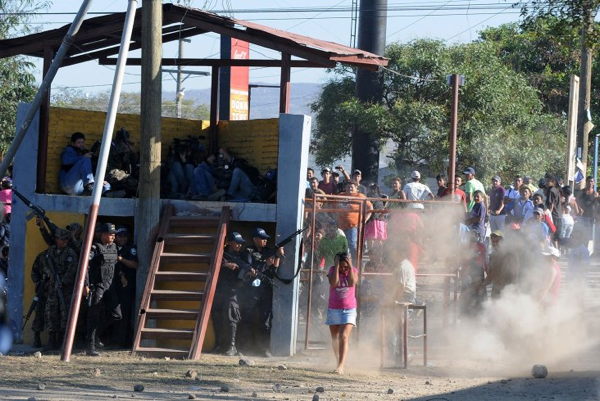
Recently, discussion lasted for days over the front page photo of the subway death of Ki Suk Han and the role of the photographer, R. Umar Abbasi, who captured him on the tracks. One thing that seemed to crystalize out of those discussions and debates is just how detached the consumer is from the role, process and terms of procuring the common, if not common news image, so much so that these images become suddenly bizarre, morally ambiguous and perhaps even a little embarrassing (for their consumability) when you suddenly see them with photographers inside of them.
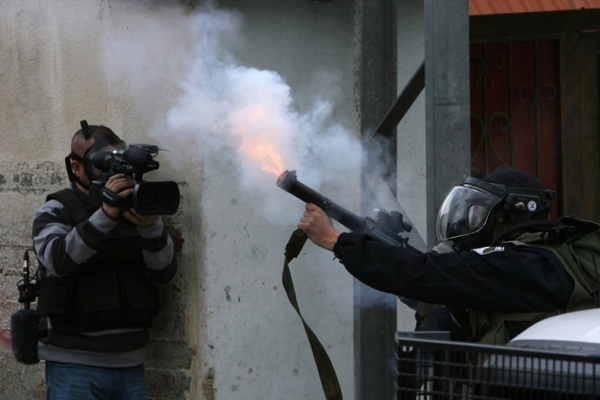
For the general public, I think many of these photos represent less a revelation than a provocation, able to easily set off the subway-type argument all over again over how the journalist could possibly just take a picture of a man on fire.
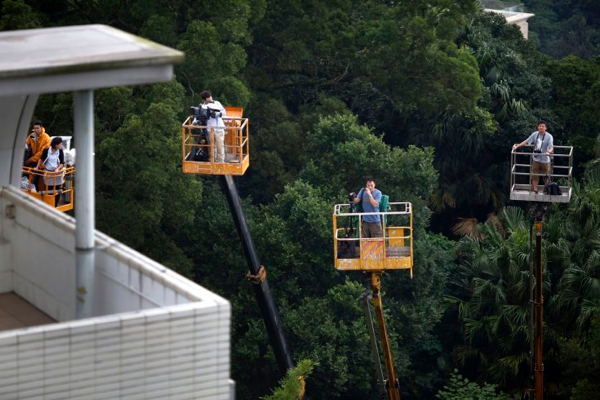
Because the role of the photojournalist is hardly ever a zero sum game, however, I believe it is worthwhile to extract some of these photos from the larger slideshow to help pull back the curtain a bit. With imagery collapsing the distance between viewer and subject in so many ways right now, it only makes sense to make the public a co-witness to the reality of the chaos and to the emotional demands and internal negotiations the shooter lives and makes on a second-by-second basis.
Still though, that’s a pretty complicated challenge. If there’s a sense that every little thing seems to be more revealed and more deconstructed these days, its seems just as true how much our news continues to come in neat little packages.
(photo 1: Manish Swarup—AP caption: Mar. 26, 2012. A Tibetan exile man, identified as Jampa Yeshi, runs engulfed in flames after self-immolating during a demonstration in New Delhi, India.photo 2: Orlando Sierra—AFP/Getty Images caption: Relatives of inmates awaiting outside the perimeter fence throw stones at soldiers and policemen on guard, who fire warning shots into the air, at the National Prison compound in Comayagua, Honduras, on February 15, 2012, where at least 272 prisioners were killed and scores injured when a fire overnight tore through the prison in central Honduras, the Central American country’s prisons director said. The prison held around 850 prisoners. photo 3: Tony Gentile—Reuters caption: Sept. 10, 2012. Alcoa Inc’s workers throw plastic bottles as they protest against their dismissals from employment in front of the Ministry of Employment building in Rome. photo 4: Hazem Bader—AFP/Getty Images caption: Feb. 24, 2012. A video journalist films an Israeli soldier firing tear gas towards Palestinian protesters demanding the reopening of a key street in the West Bank city of Hebron. photo 5: Vincent Yu—AP caption: June 25, 2012. Members of the media take pictures and videos of the home of Chief Executive-elect Leung Chun-ying in Hong Kong.)
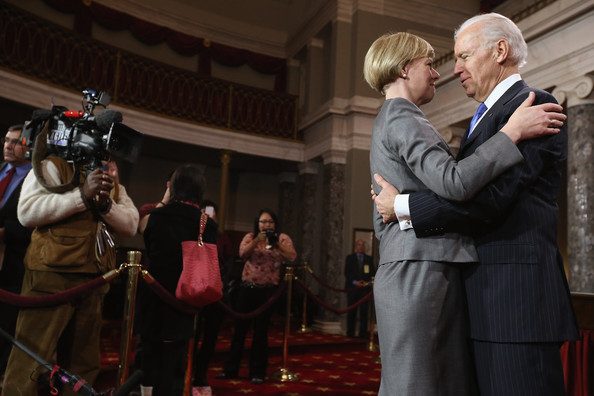
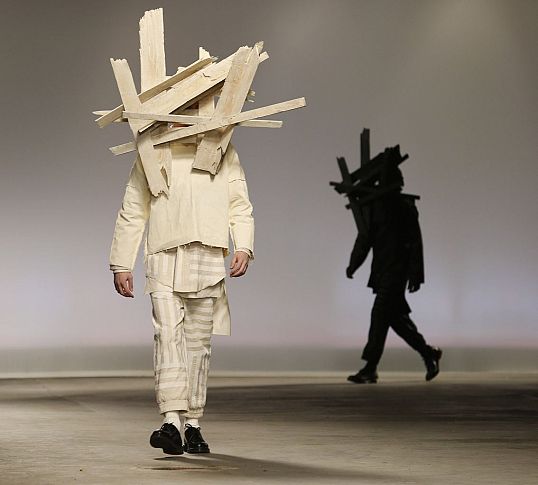
Reactions
Comments Powered by Disqus